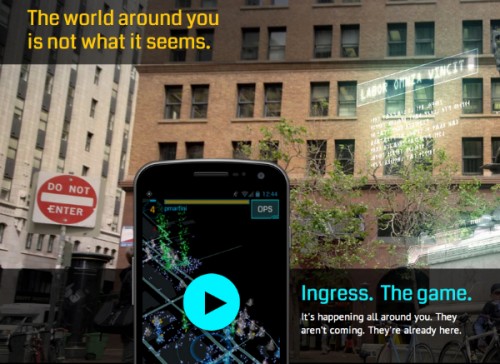
Over on Vice Motherboard, Michael Byrne recently wrote about his desire for “an Instagram of sound.” He says
What I want is a place to hear things that people record in the spaces around them. This seems reasonable to me: An app with just one button to record and another to share. I’d have fewer “friends” than on Instagram, in the realm of sound, but there would surely be some. And some who use the app would be pushed to find better and more interesting sounds, and to appreciate those sounds in new and different ways.
There are already such apps–Audioboo is the one I use (there are plenty of others, as summarized here). Audioboo is a social network for sound-sharing; people follow me on Audioboo, but I’ve also linked my account to Twitter so I can also tweet sound clips and share with my twitter followers, just like I would with Instagram (if, that is, I used Instagram with any regularity). I wish it was as popular as Instagram, Snapchat, and Vine…but it’s not.
I don’t think this relative lack of popularity is primarily due to the fact that, as Byrne argues, we’re trained to use vision as our dominant sense. Certainly that’s part of it, but that’s not the only (and perhaps not even the primary) reason. I think sound recording is a different medium than both photography and even Vine’s short-attention-span videography, and that maybe this medium isn’t as well-suited as photography and videography are to the kinds of tasks we generally want to accomplish on social media. So, the controlling factor here is social media, not auditory or visual content–they’re just means to the end of social mediation.






 I wish I could say it was love at first sight when my Dad brought home what I just now leaned was called an IBM 5150.
I wish I could say it was love at first sight when my Dad brought home what I just now leaned was called an IBM 5150. 

